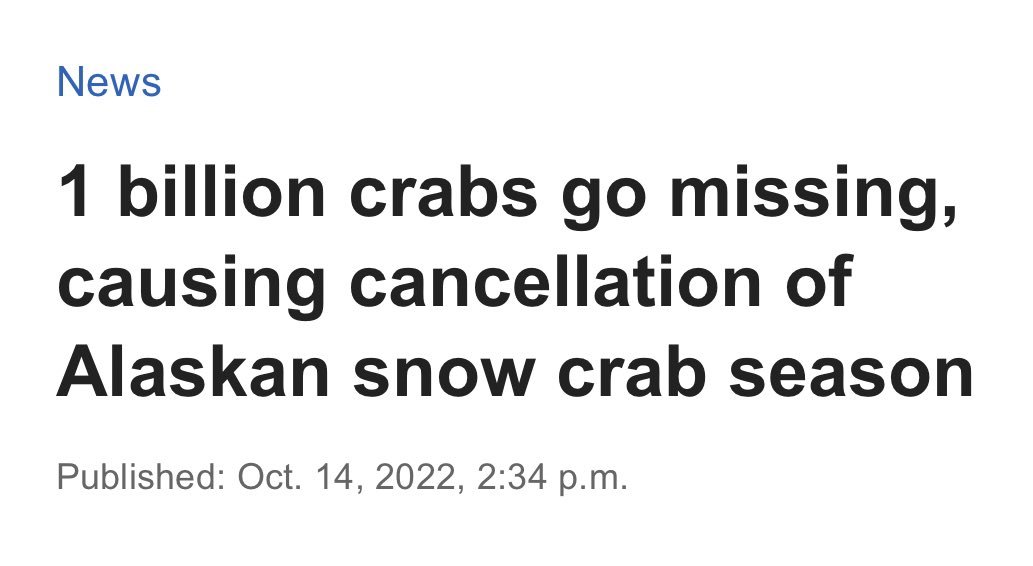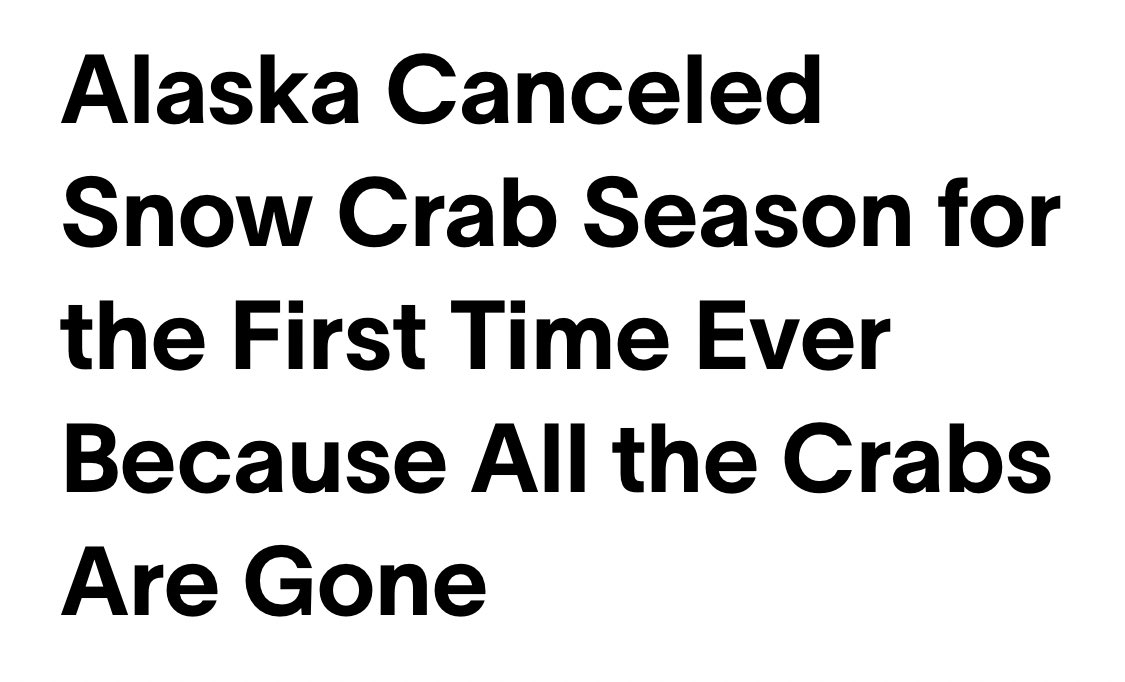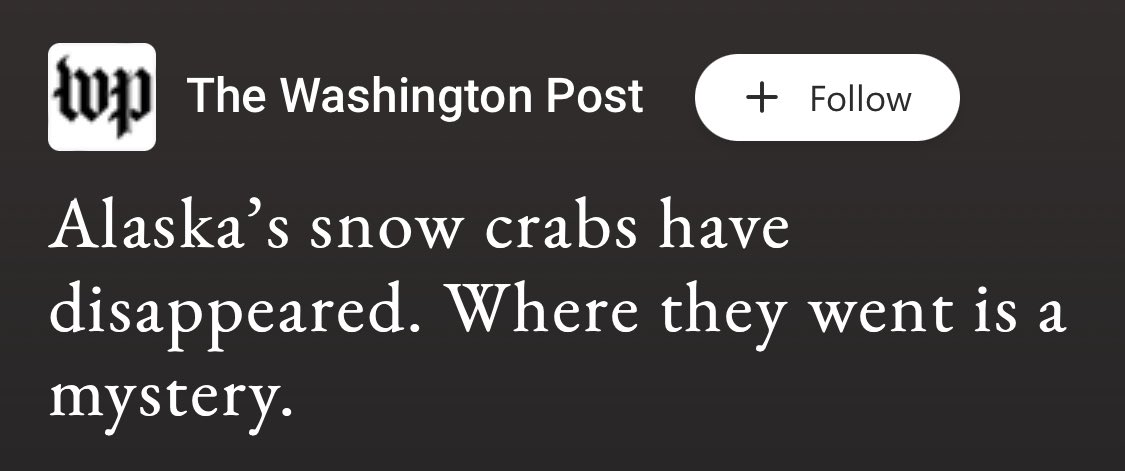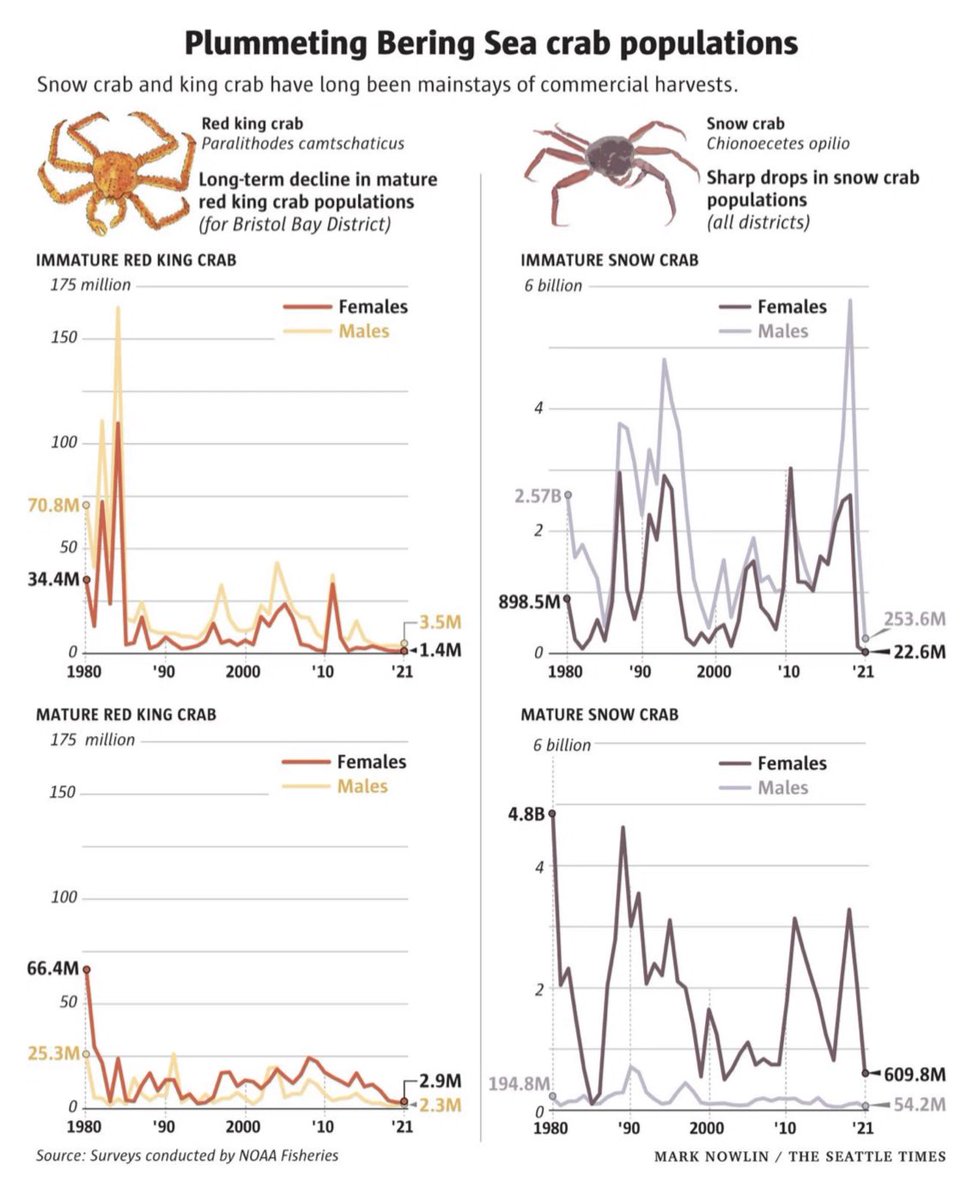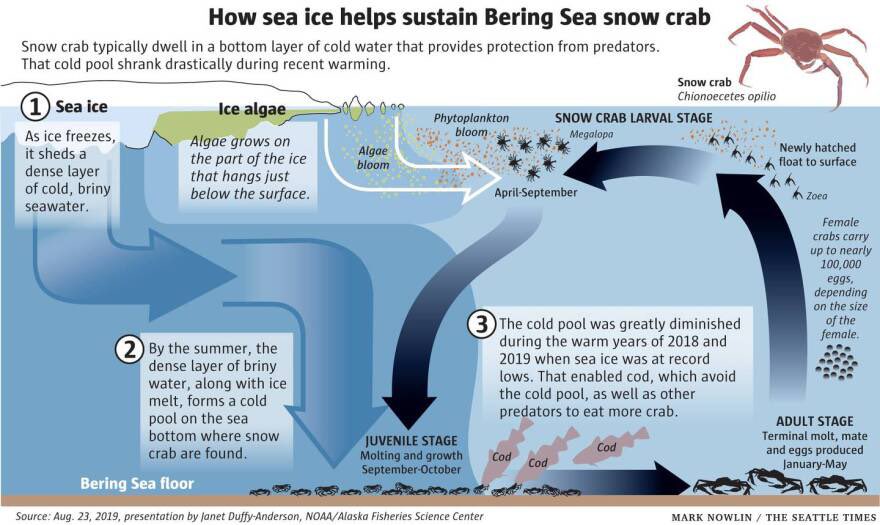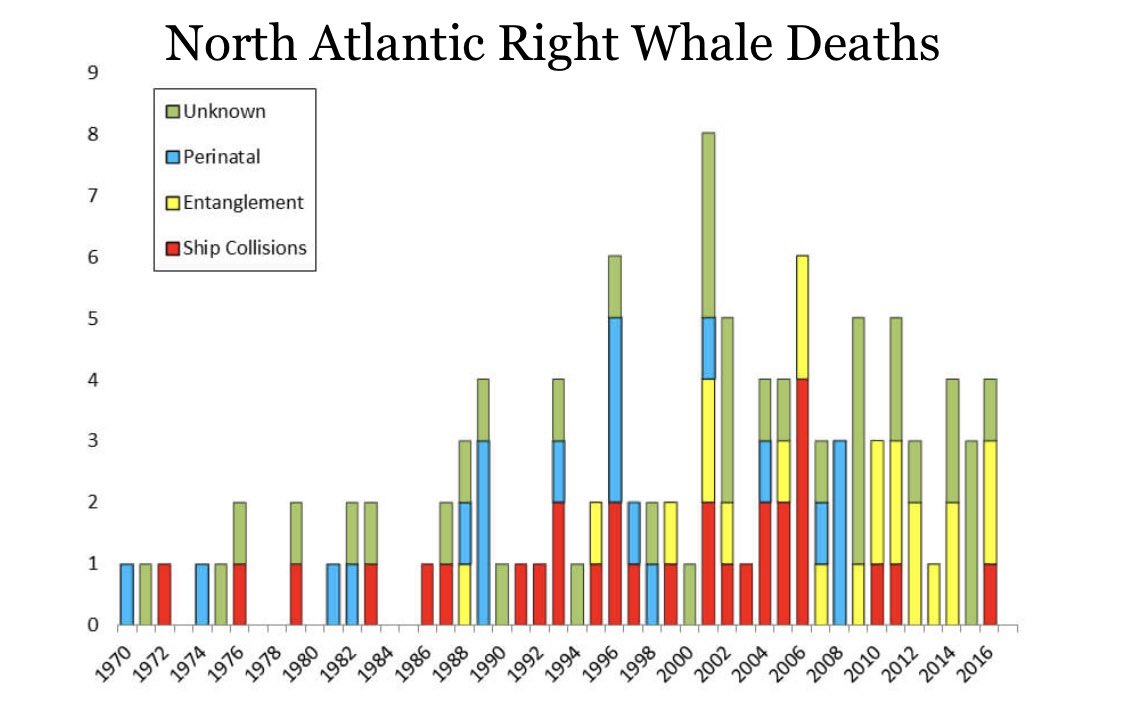
This is a bombshell — the “Exxon Knew” moment for the meat industry:
An animal agribusiness association founded and funded a PR outfit at a public university. They used it to spread disinformation & convince governments to delay climate action.
A deep dive into the documents:🧵
An animal agribusiness association founded and funded a PR outfit at a public university. They used it to spread disinformation & convince governments to delay climate action.
A deep dive into the documents:🧵
https://twitter.com/ue/status/1586989814364229632
BRIEF: Records obtained by @zdboren show how @IFEEDER_, an arm of the American Feed Industry Association lobby, conceived the @UCDavisCLEAR Center, elevated its director @GHGGuru, and amplified deceptions about the meat industry’s role in climate change.
embed.documentcloud.org/documents/2320…



embed.documentcloud.org/documents/2320…


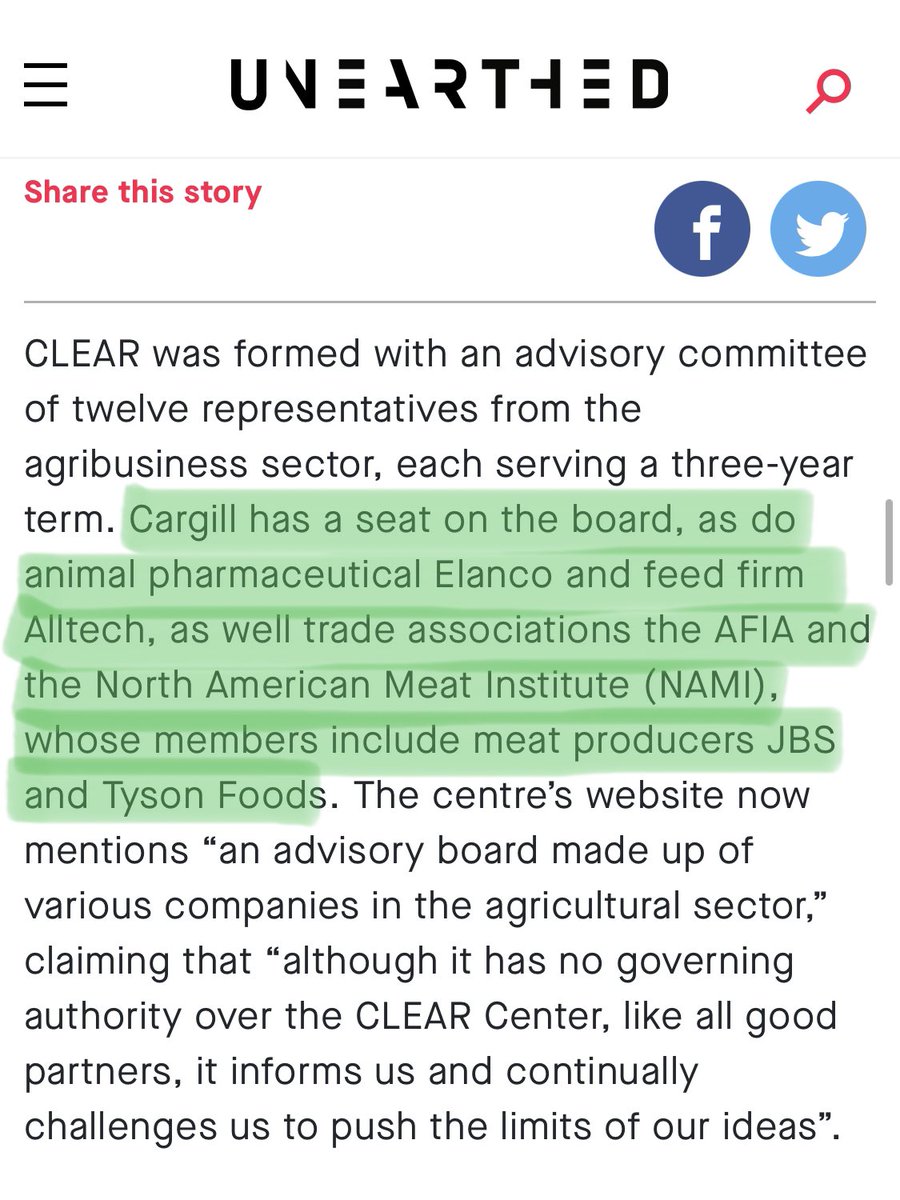

First, let’s break down a few of the myths — no doubt you’ve heard some of them.
The central thrust of the campaign was to downplay the impact of methane. They promoted the use of a modeling quotient, GWP*, for reporting corporate emissions — not what it was designed for at all.

The central thrust of the campaign was to downplay the impact of methane. They promoted the use of a modeling quotient, GWP*, for reporting corporate emissions — not what it was designed for at all.


The way GWP* works is that it only factors heating from methane if concentrations increase, since a stable amount doesn’t force radiation — a method strictly for modeling, which shifts the baseline if used for corporate emissions accounting. That’s exactly what they advocated.
https://twitter.com/ben_elgin/status/1450482696077991940
This sets up the next myth:
Biogenic methane is part of a natural cycle that doesn’t heat the planet.
The CLEAR center promoted a campaign, complete with video, op-eds, etc. called “rethinking methane” to news publications and social media influencers w/ PR materials like this:

Biogenic methane is part of a natural cycle that doesn’t heat the planet.
The CLEAR center promoted a campaign, complete with video, op-eds, etc. called “rethinking methane” to news publications and social media influencers w/ PR materials like this:


The truth is that methane from any source traps radiation and heats the atmosphere. Around 1/3 of heating to date is attributed to methane and maintaining the number of farmed ruminants maintains elevated temperatures. Unlike CO₂, cutting CH₄ emissions can cool the planet.
https://twitter.com/matthewhayek/status/1565487793119322113
But wait until you hear CLEAR’s nastiest methane myth:
Instead of scaling down factory farm waste, we should incentivize creating more to burn manure for biogas.
Methane digesters have multiplied by >10X since 2020, yet produce <2% the energy of solar.
foodandwaterwatch.org/2021/10/28/how…


Instead of scaling down factory farm waste, we should incentivize creating more to burn manure for biogas.
Methane digesters have multiplied by >10X since 2020, yet produce <2% the energy of solar.
foodandwaterwatch.org/2021/10/28/how…



At a critical time when IPCC climatologists were stressing the imperative of cutting methane emissions, the animal agribusiness interests behind the @ucdavis CLEAR Center were working to drown out their voices with a flood of deceptive messaging.
nature.com/articles/d4158…
nature.com/articles/d4158…
In a similar fashion, the CLEAR Center coordinated a social media campaign against the international climate science consensus around the need to shift away from animal agriculture, using the hashtag #yes2meat.
They celebrated its success in internal communications:
They celebrated its success in internal communications:

The CLEAR Center’s advisory panel even shared reports assessing the performance of @GHGGuru’s twitter threads and strategized around ways to increase his follower count and boost their messages.
They promoted him as a “neutral… third-party voice” on agricultural legislation.



They promoted him as a “neutral… third-party voice” on agricultural legislation.



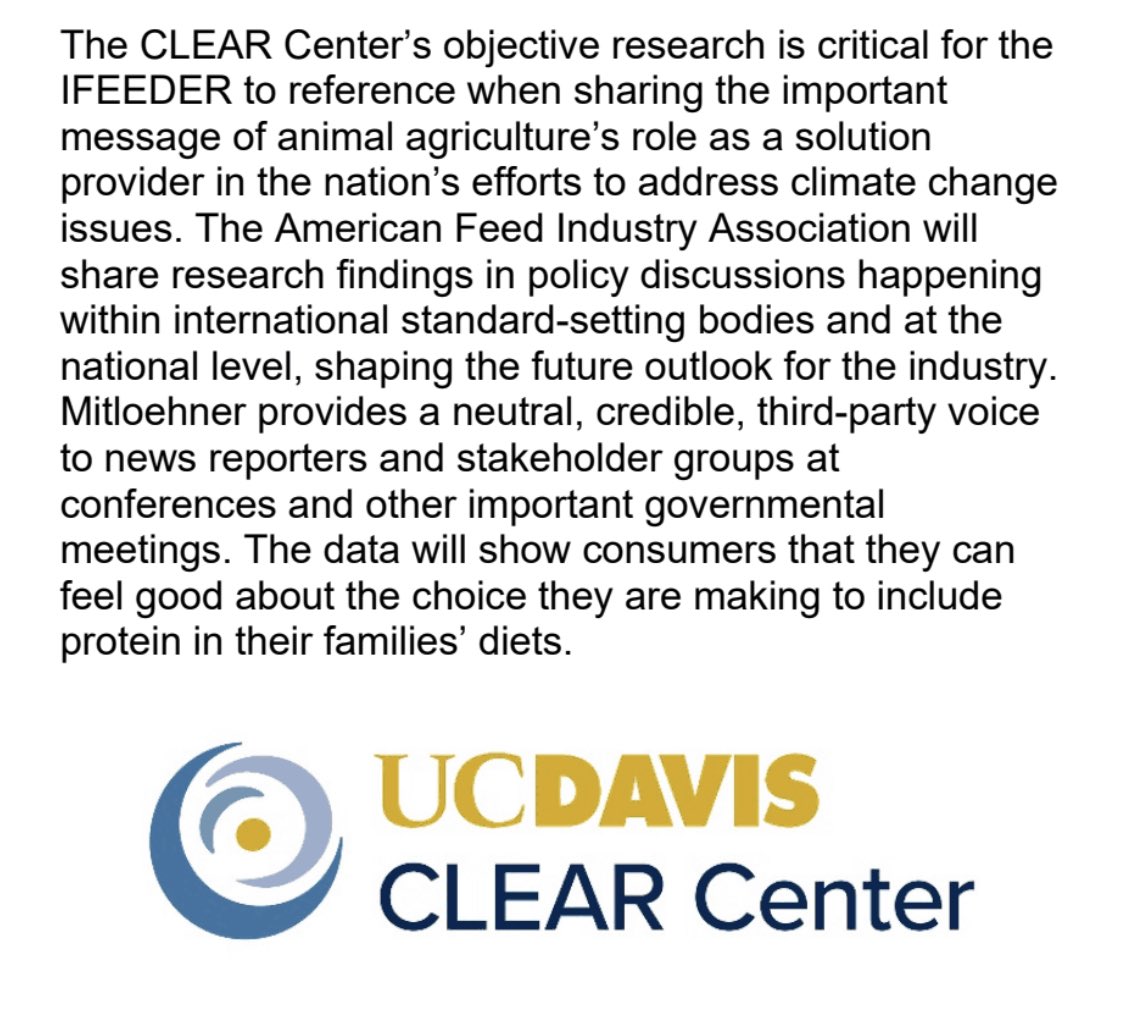
Worst of all, the CLEAR center’s propaganda has damaged climate policy:
Mitloehner’s promotion of fecal waste as renewable energy helped get tax incentives for factory dairies in Biden’s IRA climate bill. Many may soon profit more off shit than milk.
asmith.ucdavis.edu/news/cow-power…
Mitloehner’s promotion of fecal waste as renewable energy helped get tax incentives for factory dairies in Biden’s IRA climate bill. Many may soon profit more off shit than milk.
asmith.ucdavis.edu/news/cow-power…
Recently, Mitloehner took the campaign international, charting trips to Ireland to sow methane disinformation in agricultural policy debates.
He succeeded in obscuring the facts and paralyzing the legislature, preventing them from pursuing their 1.5° emissions cut goals.
He succeeded in obscuring the facts and paralyzing the legislature, preventing them from pursuing their 1.5° emissions cut goals.
https://twitter.com/desmog/status/1553054856134492160

Yet some have denigrated @UE’s investigation, saying Mitloehner was always transparent about funding. That’s false.
He omitted or downplayed industry associations in disclosures, such as here in “rethinking methane”.
CLEAR’s website still omits hundreds of thousands in funding.

He omitted or downplayed industry associations in disclosures, such as here in “rethinking methane”.
CLEAR’s website still omits hundreds of thousands in funding.


Some interesting takeaways I want to add here:
First, much of the AFIA, CLEAR’s creators, aren’t meat corporations — they’re *feed* corporations. The industrial monocrop lobby’s top priority is to make “consumers… feel good” about meat.
Their biggest clients are feedlots:
First, much of the AFIA, CLEAR’s creators, aren’t meat corporations — they’re *feed* corporations. The industrial monocrop lobby’s top priority is to make “consumers… feel good” about meat.
Their biggest clients are feedlots:
https://twitter.com/Unpop_Science/status/1507747733129551876
It’s also notable how this campaign fits into a long tradition of big meat forging mutually beneficial relationships with big oil — a bit like when Shell produced the first regenerative ranching film to sell carbon credits.
Read my article on that below. ⬇️
Read my article on that below. ⬇️
https://twitter.com/unpop_science/status/1500187070379089920

Just like oil corporations have understood their role in causing climate change since the 70s and spread myths to fuel doubt, so do animal industries today — at times even using public universities.
Yet @ucdavis’ CLEAR Center is just one success of a much broader campaign:
Yet @ucdavis’ CLEAR Center is just one success of a much broader campaign:
https://twitter.com/jenniferjacquet/status/1393245849103306755
Give it up for @zdboren and the team at @UE for the hard work it took to get these documents in public hands. Here is the link to their article once more.
Thanks for joining me for another deep dive. 🥴
#CargillKnew #TysonKnew #JBSKnew
unearthed.greenpeace.org/2022/10/31/fra…
Thanks for joining me for another deep dive. 🥴
#CargillKnew #TysonKnew #JBSKnew
unearthed.greenpeace.org/2022/10/31/fra…
https://twitter.com/MarkTomasovic/status/1423496675411251201
Somehow this slide got removed from the thread in drafts:
@BeefUSA lobbyists used CLEAR messaging to secure an exemption for COP26 methane pledges. These new documents show that Mitloehner set up several of his grad students with lobbying jobs at the National Cattlemen’s Asscn.
@BeefUSA lobbyists used CLEAR messaging to secure an exemption for COP26 methane pledges. These new documents show that Mitloehner set up several of his grad students with lobbying jobs at the National Cattlemen’s Asscn.
https://twitter.com/ue/status/1500807452790603785
*2000
• • •
Missing some Tweet in this thread? You can try to
force a refresh



